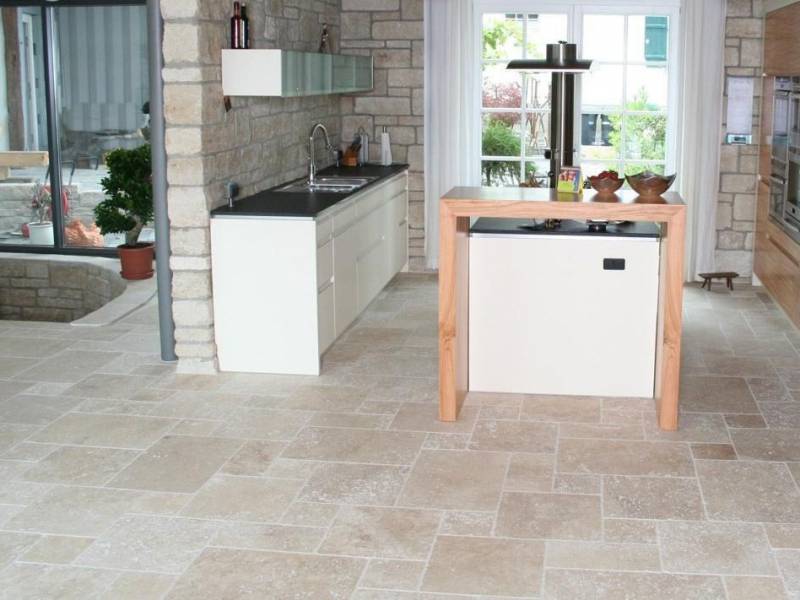What Every Buyer Should Know About Travertine Tiles Before Purchase
Travertine is by and large beige or ivory in color; however, numerous varieties are accessible – from Silver, Scabos (a compilation of beige and reds), Noce (caramel to chocolate browns), and the prevalent Classic assortments (white and grays). All travertine tiles are appropriate for use indoors, outside, and near water. Travertine normally has a porous surface – these are frequently loaded with a resin or a sealer to fill the pores. In the event that the gaps are left open, these are named “unfilled” and the gaps ought to be sealed after installing it. Extremely prominent are the tumbled floor tiles – this tumbled finish is accessible for the greater part of the hues – exemplary, ivory, noce, and gold to give some examples. The tumbled stones are generally unfilled.
Travertine originated from Turkey, although we are able to mine it in our own quarries since Florida is rich in limestone.
Color: Travertine is generally alluded to as ‘Ivory’ – they do have a slight yellowness to them and additionally light beige tones. Exemplary travertine tiles have a tendency to be more beige and tan while some hold cream shades. Noce or walnut is wealthier in color and is a more grounded stone than the lighter hues. Travertine tiles are additionally accessible in rich brilliant tones such as reds, metallic silver, and darker shades.
Finishing – You will regularly hear these tiles alluded to as honed or tumbled. They have gaps, or pores, in them; this is a component of the stone which is shaped over its formation and are frequently filled with a resin before the tiles are honed to give a smooth wrap up. At times, the pores may be left unfilled and later sealed during installation.
Tumbling – Tumbling is a procedure by which regular stone tiles are given a well-worn appearance. The tiles are put in a large tank with water and abrasives which is then turned on to vibrate – this is the “tumbling” procedure. Note that tumbled travertine looks somewhat lighter in color when contrasted with their honed ones. The edges are likewise rounder, and a portion of the corners or edges may be rougher.
Harmony Stone owns and operates our own quarry – so we can offer some of the best factory-direct pricing to residential clients and DIYers. We also offer wholesale pricing to builders and installers. Natural stones run in our blood – we have been operating our natural stone factory across generations. Its what we live to do, not just what we do for a living. Contact us to request any samples of tiles for your next projects

